
The heat waves of 2016 are forecasted to be ones for the history books, with future summers getting even hotter. But when it comes to consecutive days of extreme heat, it’s a summer from the past that really stands out: in New York City in 1953, the temperature was in the 90s (or higher) every day between July 15 and 21, and again between Aug. 24 and Sept. 4—a record-setting 12 days in a row. And that’s not even accounting for individual 90-plus days in between.
As the New York Times explained in a recent look back at that wave, air-conditioning was far from widespread at the time. Though the technology has been around since the early 20th century, it was still widely used only in movie theaters and other public spaces.
That meant that, as these Peter Stackpole images clearly show, New Yorkers had to resort to some other, time-tested means of staying cool during those long days of oppressive heat. That meant keeping windows wide open, jumping in the water, keeping a steady supply of icy-cold treats available—and of course relying on that most recognizable method of urban cooling: the fire hydrant. When opened, those gushers turn into a city kid’s sprinkler.
Except, of course, that it’s illegal to open a fire hydrant on your own. Today’s city residents can find relief just like their forebears, however: the Fire Department allows citizens to request to have hydrants opened with a proper sprinkler cap, which means residents can cool down without wasting extra water.
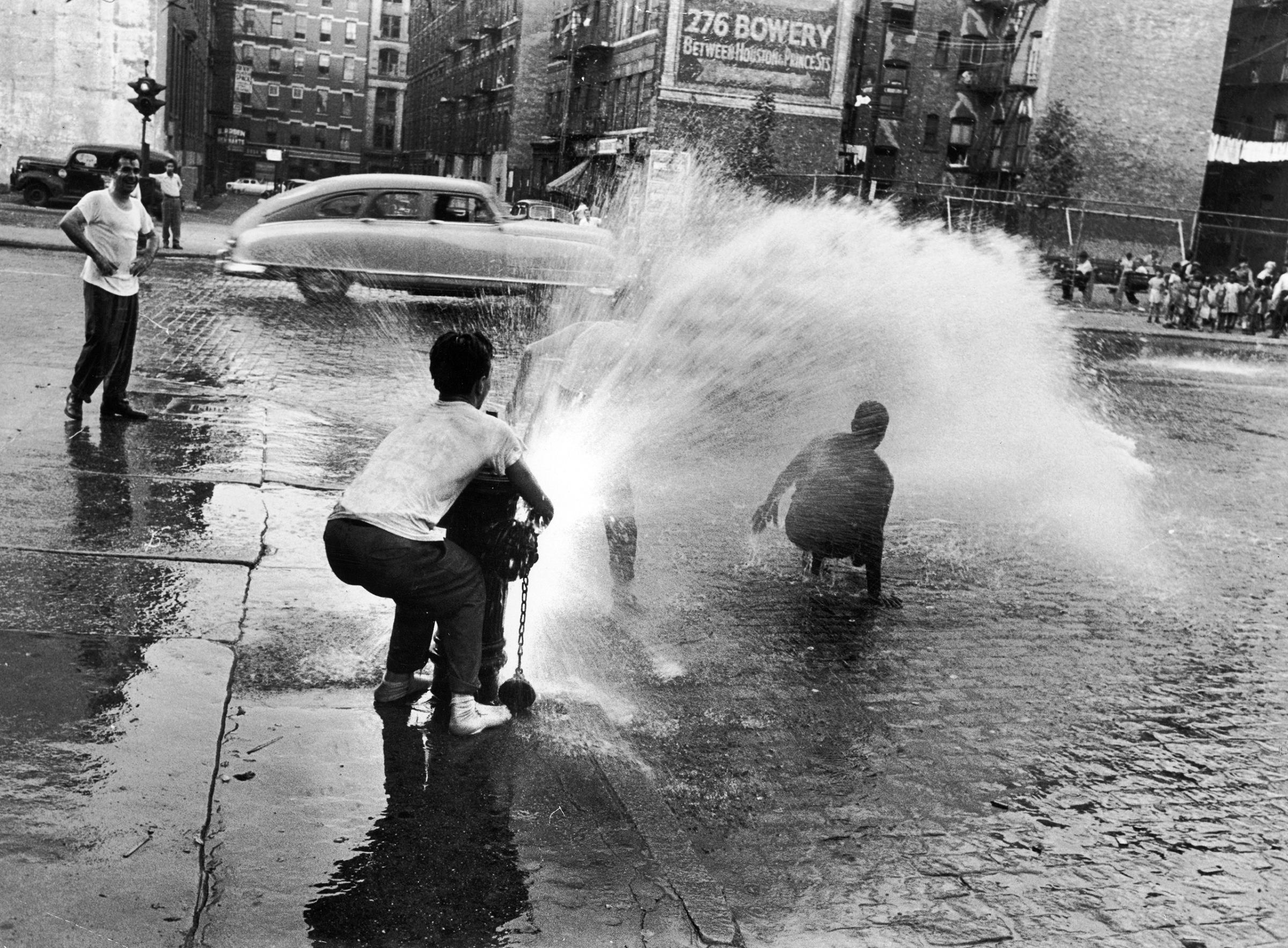


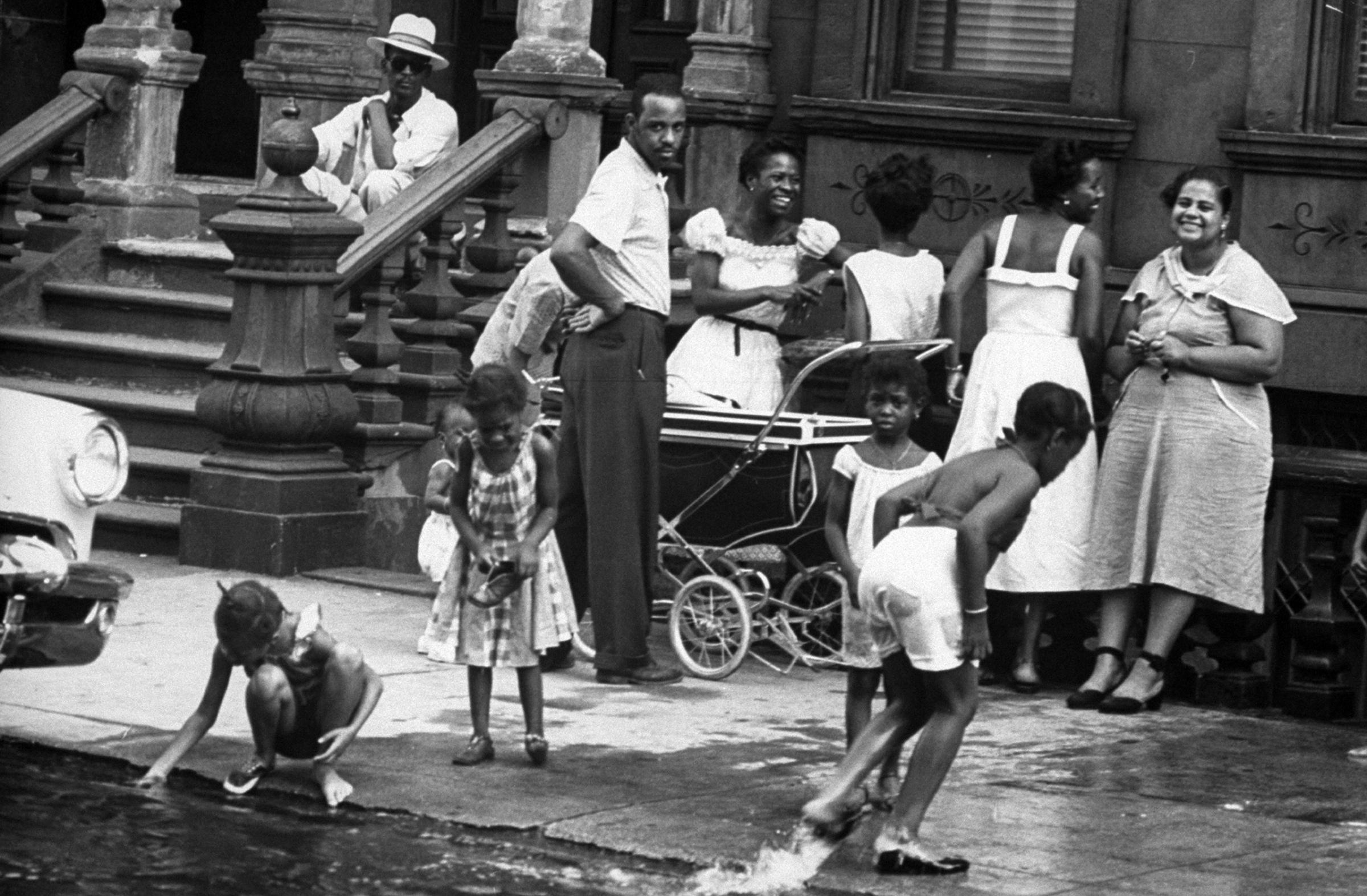





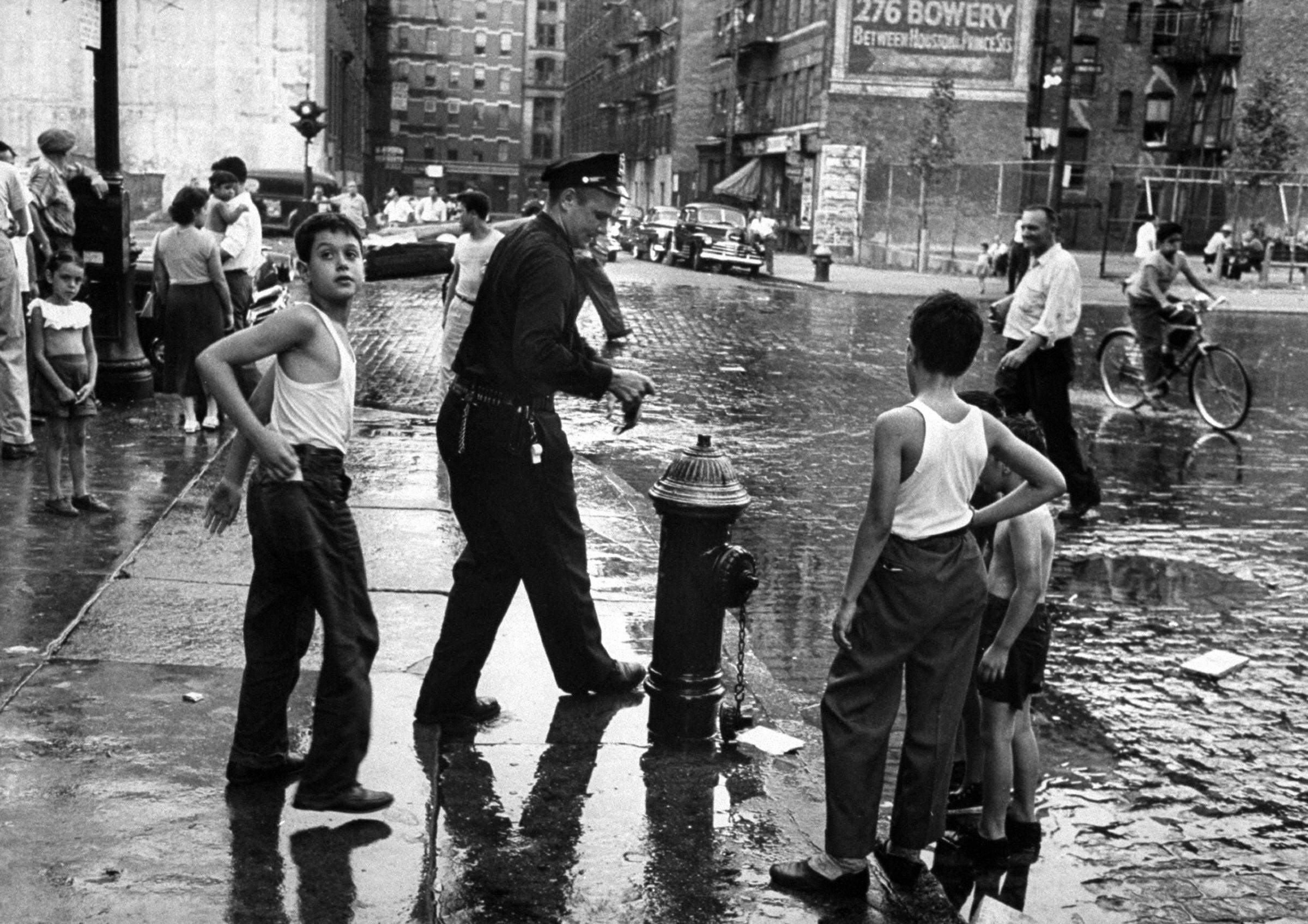
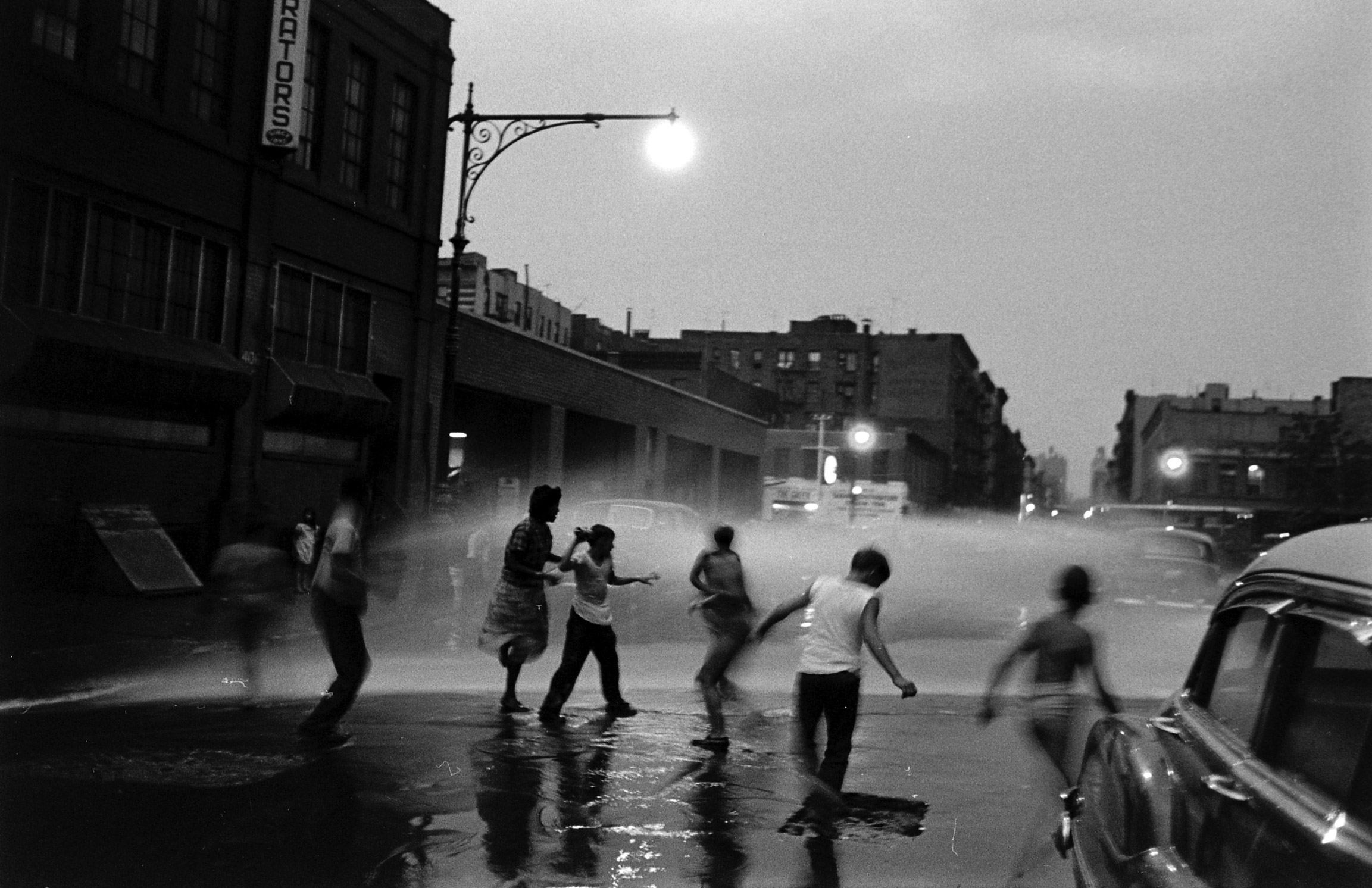

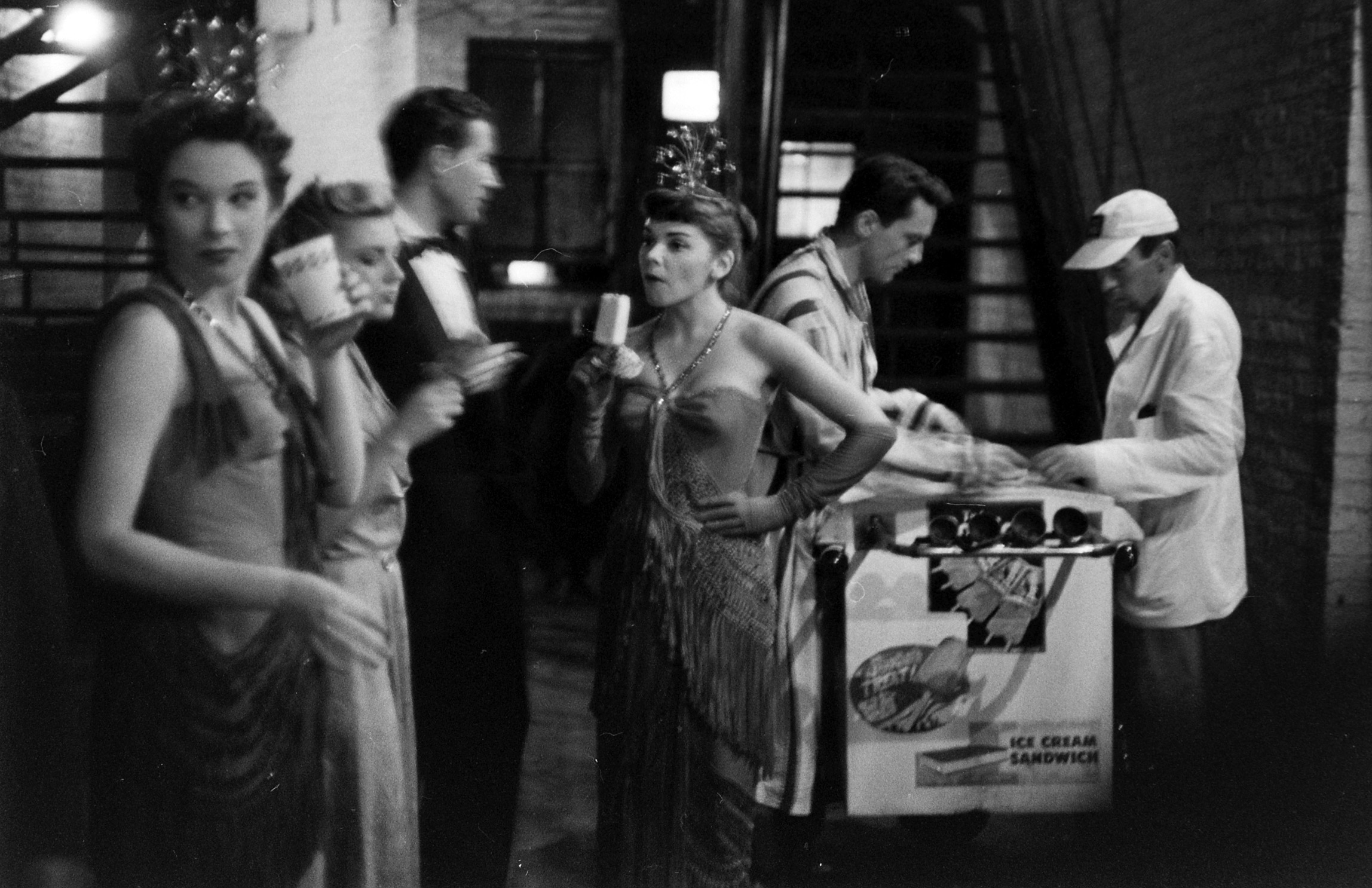
More Must-Reads from TIME
- Cybersecurity Experts Are Sounding the Alarm on DOGE
- Meet the 2025 Women of the Year
- The Harsh Truth About Disability Inclusion
- Why Do More Young Adults Have Cancer?
- Colman Domingo Leads With Radical Love
- How to Get Better at Doing Things Alone
- Michelle Zauner Stares Down the Darkness
Write to Lily Rothman at lily.rothman@time.com